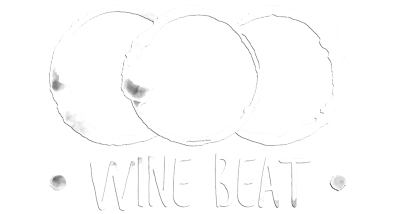
Languedoc Roussillon has no shortage of exceptional, individual wine making sub-regions. There are more than 35 such Appellations d’Origine Contrôlée (AOCs) and in basically every case they are characterized by energetic drive to move higher and higher up the quality ladder (in part to atone for sins in recent history of making bulk wine). The turnaround has been quite dramatic and Languedoc Roussillon is now known as a vibrant and exciting wine destination rather than a centre for plonk.
Picpoul de Pinet, with its relatively newfound stardom, is a perfect example of this phenomenon. In a world where sommeliers and wine lovers are scouring the globe for refreshing new wine experiences, Picpoul presses a lot of buttons. Sure there’s the two thousand years of winemaking history centred around the Via Domita (or Domitienne) and the fact that this region is located near some of France’s most beautiful and enjoyable cities that will pique the wine traveller’s interest. But for the wine and food lover, it is the lively, delicious white wines that match so well with seafood and Mediterranean cuisine that makes the name Picpoul so memorable.
Picpoul de Pinet, like many other great wine regions, exhibits that phenomenon where the wine is a perfect match for the local food. In Picpoul de Pinet they say “Its terroir is the sea”. Located along the inland waterway called L’etang de Thau or Thau Lagoon, this region is famous for its oyster and mussel beds and for seafood generally. Picpoul complements the shellfish and other regional gastronomy because of its bright, crisp and tartly acidic palate. Picpoul and oysters are a match made in heaven (perhaps only surpassed by Champagne and oysters!).
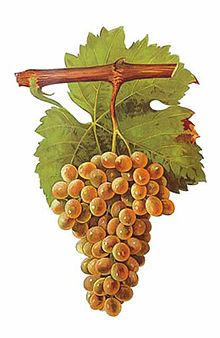
Why Picpoul de Pinet For Wine
Only white wine can bear the Picpoul de Pinet AOC designation and this is the largest white wine producing area in Languedoc. The vineyards are divided roughly into two areas: (1) the area north of the Via Domitienne where more dramatic landscapes of rocky marl and limestone create relief and barriers to the effect of the sea and (2) the area to the south of the Roman road where vineyards cover the landscape on stony clay soils that slope gently to the seaside.
There are significant climatic differences between the two parts since the northern area does not receive the same moderating effect of the sea and therefore has more weather extremes. But putting the climatic and soil differences aside, the overall character of the place is very much about the Mediterranean sea and the Etang de Thau. Everything about the wine and the food has the fresh outdoor character of the protected lagoon that spreads on the horizon. The wine has a breeziness from its citrus character but also some noticeable substance on the palate, perhaps from the long, even growing season that allows the grapes to ripen to full maturity.
Where Is Picpoul de Pinet?
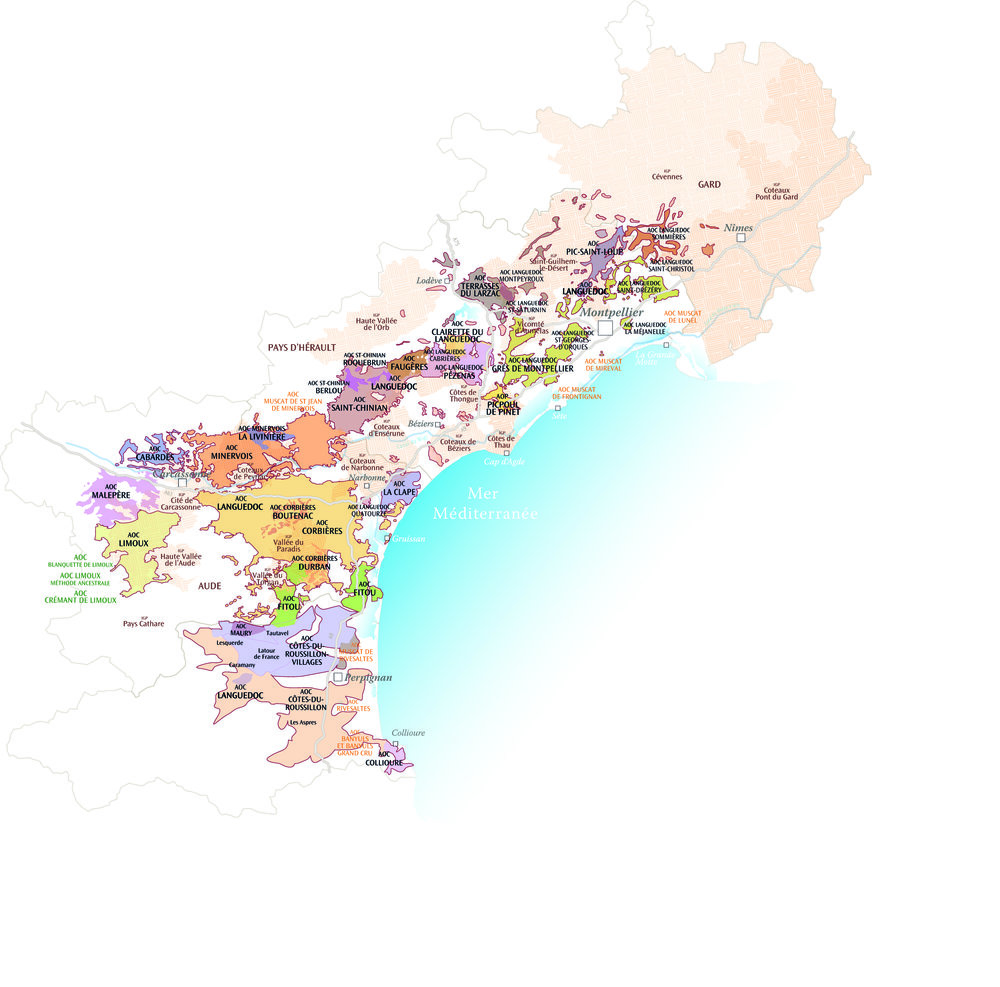 Picpoul de Pinet is right in the center of Languedoc
Picpoul de Pinet is right in the center of Languedoc
For the wine traveller, this region is enticing in its own right for the seaside wine and food experience but also for its proximity to an almost endless array of cultural, gastronomic and tourism destinations. Located about half way between Marseilles and the Spanish border, the Picpoul region is also right in the heart of the Languedoc.
Besides wine and seafood, it may be the cities, towns and villages that make the location so attractive. Nîmes, Montpellier and Bèziers are beautiful larger centers but make sure to visit the villages including Pézenas (known for its impressive historic architecture), Roquebrun (for its pretty location climbing the banks along the Orb river) and, of course, Marseillan and Bouzigues for the restaurants and oyster beds along the Thau.
Here are some great sources for wine travel in Picpoul and Languedoc Roussillon:
Monpellier Wine Tours provides a range of great wine tours from Montpellier, Sète and Pézenas
Bertrand Bosc provides very personalized wine tours from his base in Pic Saint-Loup near Montpellier
Haut Lirou Wine Tours provides fun 4×4 wine trips around the region
Who Are The Winemakers?
Although both Picpoul Blanc and Picpoul Noir grapes are grown here, the AOC designation is reserved for the whites and the winemakers have build their international reputations on this sprightly, citrusy wine. It also has its own distinctive bottle, green and slender like an elongated lantern. Here are a handful of the producers to look for. Ormarine tends to be the easiest to find in the international market. All of the wines are tremendous values – don’t pass them up based on price!
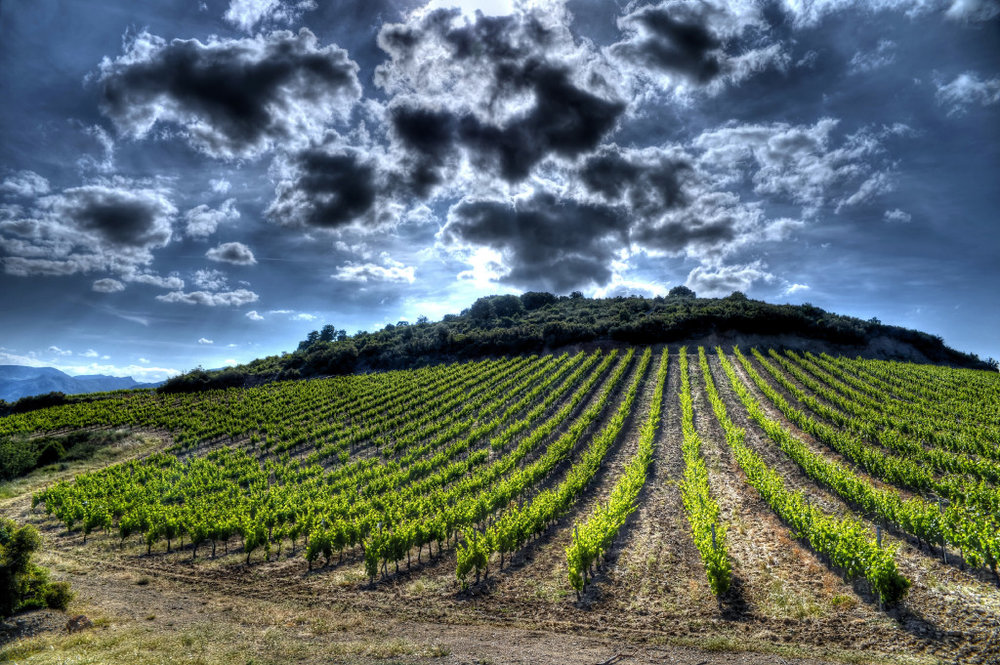 Languedoc has a startling array of great wine roads
Languedoc has a startling array of great wine roads
Visiting The Wine Roads of Picpoul de Pinet
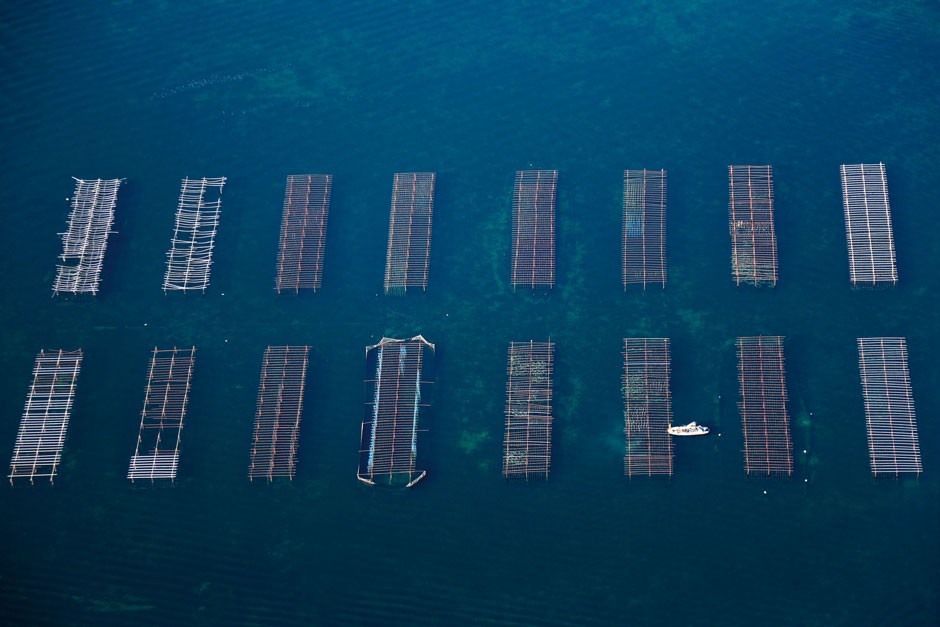 An aerial view of the oyster beds of L’etang de Thau
An aerial view of the oyster beds of L’etang de Thau
The best time to come is really any time outside of the tourist peak in July and August. Ideally spring and fall will allow you to enjoy the weather, the seaside restaurants and cycling or walking the small villages. If at all possible, rent a car so that you can explore the wider Languedoc. A wine route can be plotted that takes in any number of great regions including the Southern Rhône or even Bordeaux. For example, Avignon is only about 1 1/2 hours drive away. An ideal trip might take you from Marseille through a bit of the Southern Rhône near Avignon and then sweeping south-westerly along the Med from Nîmes through the Languedoc to Bèziers. Time permitting you could carry on to coastal Narbonne, stunning Carcassonne, Toulouse and onward to Bordeaux!
Useful Links:
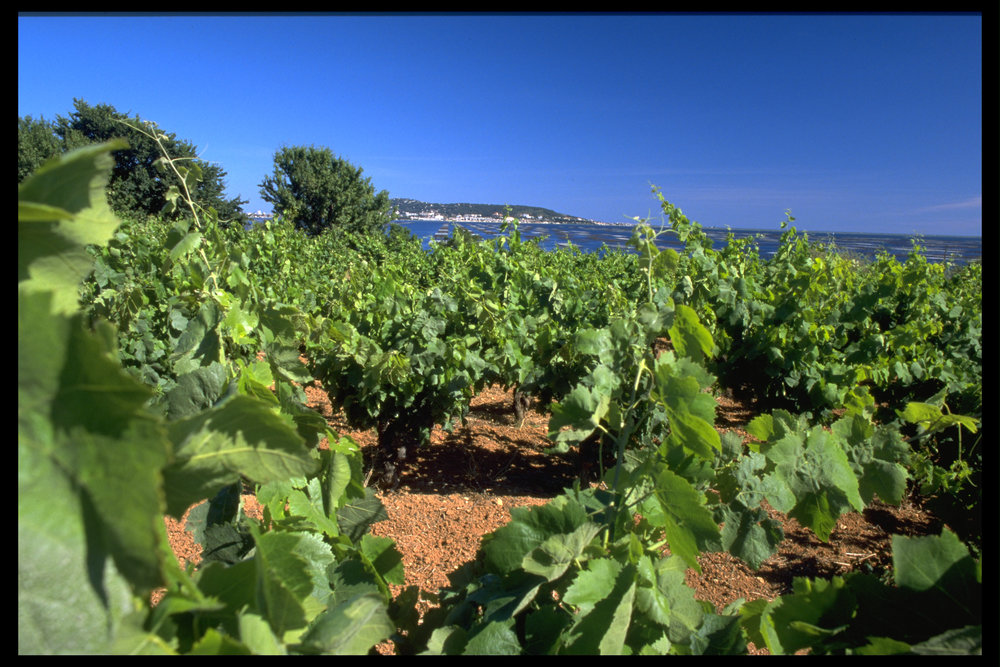 The vineyards of Picpoul de Pinet cover the landscape and extend right to the shoreline of the Thau Lagoon
The vineyards of Picpoul de Pinet cover the landscape and extend right to the shoreline of the Thau Lagoon
Photo credits: Céline et Gilles Deschamps / CIVL; www.languedoc-wines.com; www.picpoul-de-pinet.com
